Explainers ·
How we predict Reef threats like coral bleaching
How we collect data, what it tells us about the future and why it’s a critical part of protecting our Reef.

Predicting where, when and why coral bleaching and other disturbances will be felt on the Reef is incredibly important to guide decisions about its conservation and management.
With the right information and forecasting tools, we’re able to understand the Reef in greater detail and make better decisions about how, when and where to target protective and preventative efforts.
#Monitoring Reef conditions
The Great Barrier Reef Marine Park is one of the best managed reef ecosystems in the world. The Marine Park Authority, Traditional Owners, tourism operators, government agencies, community groups and researchers all work together to monitor the health of the Reef.
With these monitoring efforts, we can collect information on the conditions that cause stressed corals – high ocean temperatures, river flooding, land catchment activities and extreme weather events. When corals are stressed they are more vulnerable to bleaching and disease.
However, monitoring teams are looking across an area roughly the size of New Zealand, filled with incredibly dynamic and diverse habitats, environments and conditions. Keeping track of the entire Reef complex in real time is a near impossible task.
This is where forecasting steps in, helping to fill knowledge gaps and predict outcomes.
#Modelling what might happen next
Monitoring and modelling work hand-in-hand to ensure we know how the Reef is faring. Researchers create forecasting models by inputting historical and current data to make informed estimates of future processes and response patterns of the Reef.
For example, we partner with the Australian Institute of Marine Science, the Bureau of Meteorology, CSIRO and the Queensland Government to build the world’s largest Reef forecasting and modelling program, known as eReefs, combining satellite technology with powerful models and machine learning to develop the tools needed to save our Reef.
Just as the Bureau of Meteorology does for weather, eReefs delivers Reef water quality information across the entire Reef using data from NASA and the European Space Agency Sentinel-3 satellites online in near real time, enabling anyone to track the effects of rising water temperatures, cyclones, floods and other impacts on the Reef.
The eReefs coral bleaching index can also predict when the combined impact of increased temperature, light, and nutrients on coral reefs is likely to cause widespread bleaching.
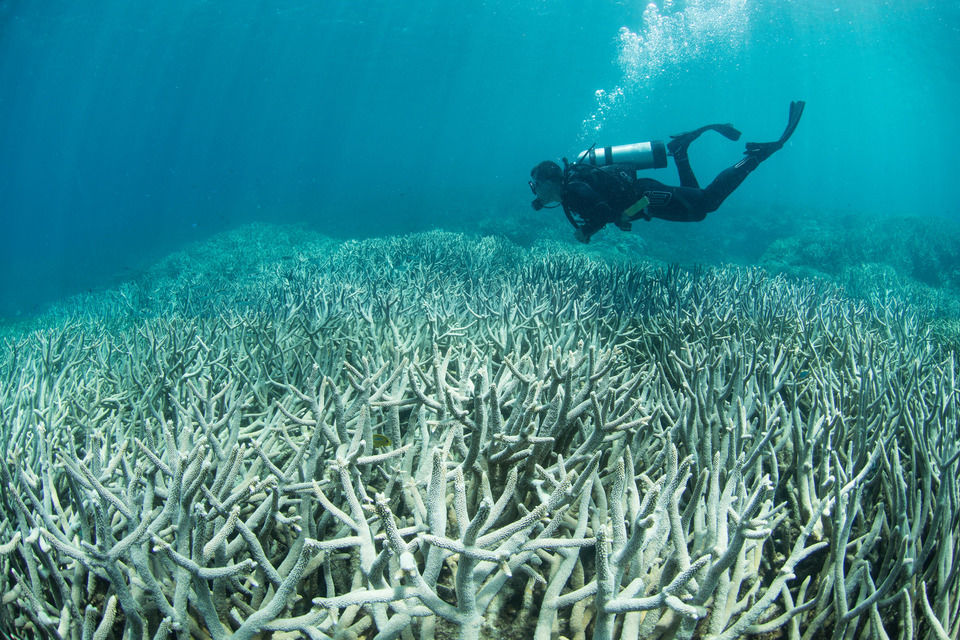
High temperatures, increased light and poor water quality can cause corals to bleach, devastating the Reef. Credit: The Ocean Agency
#Integration, collaboration and innovation are critical
There are multiple monitoring efforts, with associated modelling platforms, underway across the Great Barrier Reef and the Reef community recognises the importance of creating a central repository to ensure all information – from imagery, to maps and data sets – is aligned and scientifically robust.
With our partners, we've developed a Reef-wide decision-making and forecasting platform to manage all the data that's collected and help fill gaps in knowledge about the Reef. In the first two years of this project, nested under our Integrated Monitoring and Reporting program (IMR), we've collaborated with a huge range of data collectors, modelers and managers.
As well as collating data, projects across the whole RTP are developing and utilising cutting-edge technologies that allow us to monitor and model the Reef more efficiently and on a larger scale.
Examples include:
- Using Artificial Intelligence and machine learning to analyse the vast quantities of monitoring data generated on the Reef
- Using aerial drones to get close to remote Reef islands to conduct monitoring and mapping with minimal disturbance to wildlife
- Using eDNA technology in a sample of water to determine what species are present in any given area of the Reef, including detecting coral-eating crown-of-thorns starfish
#What does the data reveal?
Access to integrated Reef monitoring and forecasting enables everyone – from Reef managers to scientists and fisheries – to track the combination of threats facing the Reef and how the ecosystem will respond.
Data can be used to develop detailed maps, images and videos to show Reef ‘hot spots’ most at risk of bleaching, or other climate change impacts, and to avoid future bleaching events that strip coral of its iconic bright colours.
We can also predict the impacts of major rainfall and weather events on water quality, where and when the next crown-of-thorns starfish outbreak will occur and which areas to survey and assess for damage after a cyclone.
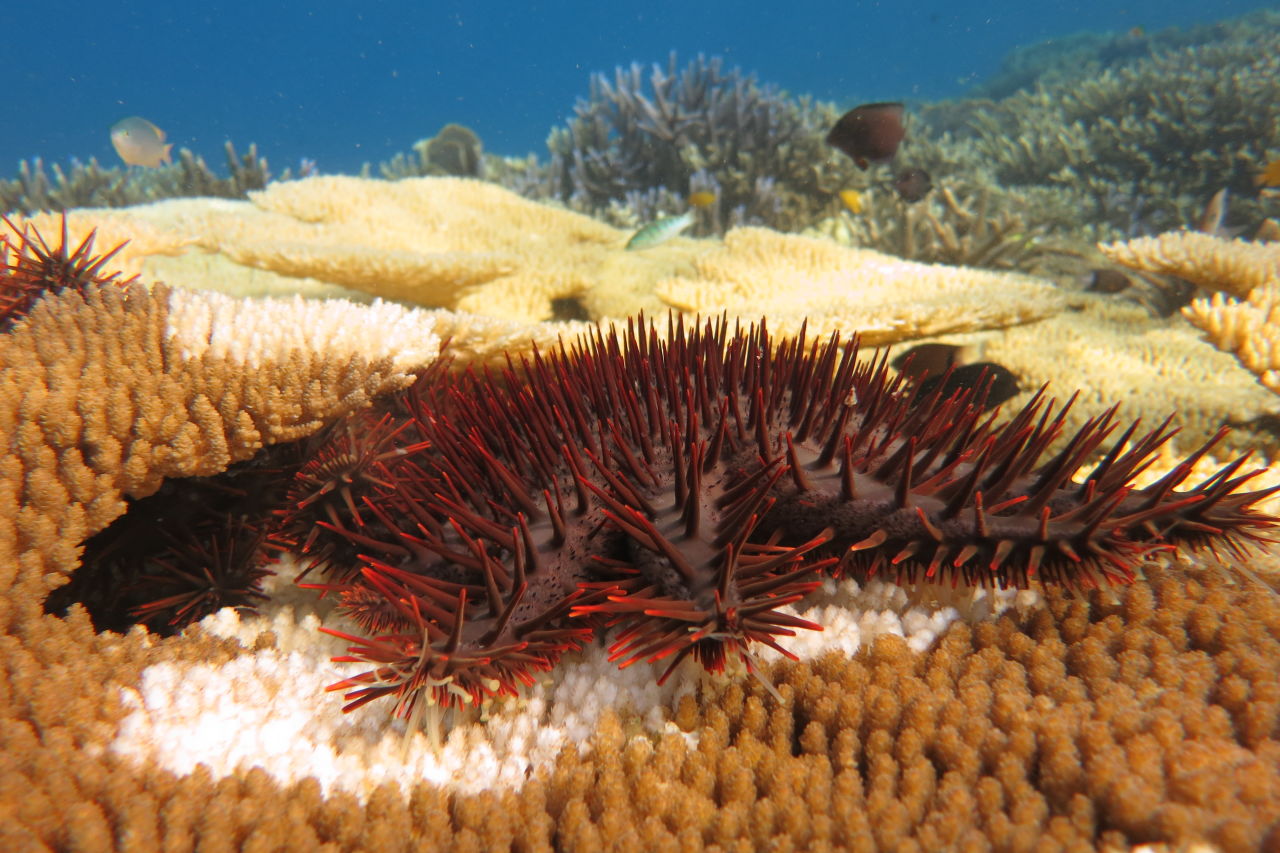
Monitoring data can help to inform Reef managers where crown-of-thorns starfish outbreaks are occurring and predict future outbreaks. Credit: Mary Bonin, GBRF
#How does it help our Reef?
Our Reef is under threat from ongoing impacts of climate change and other pressures. We know that this is the critical decade in which to act. Making the right decisions at the right time is crucial.
As part of our partnership with the Reef Restoration and Adaptation Program, we’re developing a toolbox of solutions to help the Reef adapt to and recover from the impacts of climate change. An essential part of the research is using data and forecasting to decide when, where and why we should deploy these solutions onto the Reef.
The Program’s research team relies on predictive modelling to investigate a multitude of decisions around possible intervention deployment – from cost-effectiveness and ecological impact to technological and social readiness, or prioritisation under climate uncertainty. From this we can identify coral reefs that could most benefit from restoration or adaptation interventions, with limited time and resources.

#Tomorrow needs you, now.
The Great Barrier Reef is in desperate need of support. Donate today to help grow new baby corals, creating a better future for the Reef.
#Related

Explainers ·
What is coral spawning?
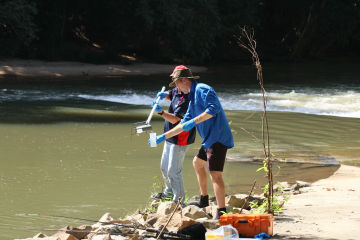
Explainers ·
Uncovering hidden species with eDNA
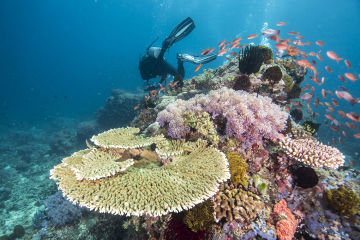
Explainers ·
What is biodiversity and why is it so important?
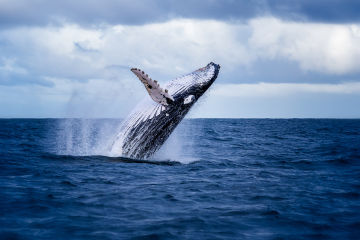
Explainers ·
